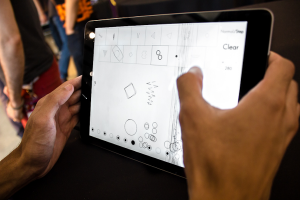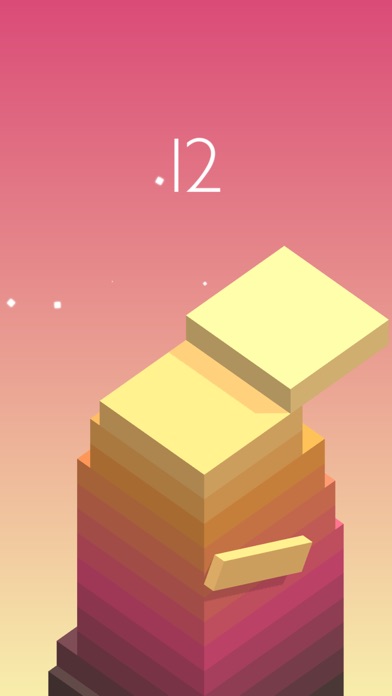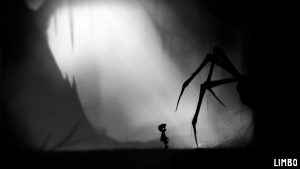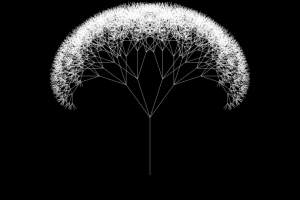*fyi: there are 3 inspiring projects listed here, and I felt each one of them was important to explaining my inspiration and because of that I couldn’t exclude one of them, so here they are…
Inspiration Project 1
Awkward Dimensions Redux:
Awkward dimensions Redux is a game available on steam as of October 21st,2016, meant for computers. It is a game that explores dreams and their ever-confusing, ever-scattered logic (or lack thereof) but convincing and astoundingly real-feeling qualities. It capitalizes on the unpredictability, perplexing, and looping qualities that all dreams seem to retain. The game itself is made by a Denver based high school student in college, Steven Harmon, who’s studies focus on psychology and theater (both of which shine through in the actual game). The game itself relies heavily on metaphors to make points and many of the functions from dreamscape to dreamscape are representative of this. For example The interactions are limited to walking, jumping, inspecting, picking up stuff, and solving some small puzzles. But, the amount that one can interact or the amount of control they have varies from scene to scene, and on occasion they have no control at all.
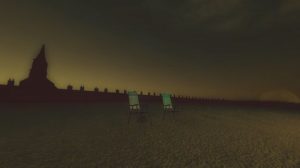
Here’s a link to a video for it: https://www.youtube.com/watch?v=3gQr39Pmx5E
Inspiration Project 2
That Dragon, Cancer
That Dragon, Cancer is a game dedicated to and based on a true story which revolves around the lives of a couple and their newborn child. Their son was diagnosed with terminal brain cancer at only 12 months old leaving him partially blind, and unable to speak. The game documents his struggle and fight with cancer as well as the emotional ups and downs for the parents during they time they had with Joel (the son), before he died. Through a mixture of first and third person perspective you are led through an extremely touching, but heartbreaking narrative and are invited to slow down for a moment to immerse yourself in the intimate narrative of another person’s life. There is an ambiguity maintained throughout the game as to who you are, leaving a hefty amount of room for interpretation and allegory. There is also a distance maintained between you and the characters in the way they are visually represented – blockish, with very few details across faces, however – regardless the story and the game play pull you in – it absorbs you and becomes you in the sense that you start to experience what Joel’s parents went through as though you yourself are going through it. There’s not a lot that can be said about it that matches how it feels to play, so I suggest if you really want to understand the game that you play it and experience it for yourself.
Embedded video:
Inspiration Project 3
The Game: The Game
Angela Washko’s installation/game is unusual in both what it represents, and how it plays. It was first exhibited August, 2016 and is a continuation of a series called ‘BANGED’ done by the artist revolving around her interactions with player/pick-up artist/overall misogynist, manosphere figurehead, Roosh V. This game is not about him, but about exposing and discussing the practices used by several prominent pick-up artists (or seduction coaches as they like to be known as). In the game the player is a character to undergoes interactions with each of the coaches (all of whom are trying to bust a move on the player), in a dialogue-based format similar to a lot of dating sims. The coaches are all trying to seduce the player using the techniques and practices mentioned in their respective instructional guides and video materials. This allows for a fascinating conversation to take place on the social construction of dating and the experience of being a woman and exploring this confusing and often uncomfortable terrain.
Link to a video of the artist speaking about her work and the background behind it (videos of the actual piece are in this): https://vimeo.com/225466353
Comparison:
Each of these games have something big in common: they all address pressing issues or big themes with a relative subtlety or creative sensitivity, in very different ways. I think that is what I admire most about them – how they take something touchy, hurtful, or confusing – and then couple our experience with them and comfort/capabilities for idea-intimacy in gaming. The way that each of the games do it is so different as well, which is be-fitting considering they are each discussing very different concepts. Overall I hope to draw a lot from each of the projects that I mentioned and that I am able to communicate that same level of intimacy with my ideas allowing the player to become emotionally invested or even just sympathetic to what occurs in the game or what happens to the character. I hope to also be able to accurately match certain ideas or concepts regarding things just through the gameplay and format/construction of the ways the game can be played. In all honesty, I’m not sure that any of the games missed out on opportunities – they each seemed to hit the nail on the head in how effectively they were able to get players to really let go and become attached to the events transpiring (particularly That Dragon, Cancer).
![[OLD FALL 2017] 15-104 • Introduction to Computing for Creative Practice](../../../../wp-content/uploads/2020/08/stop-banner.png)

